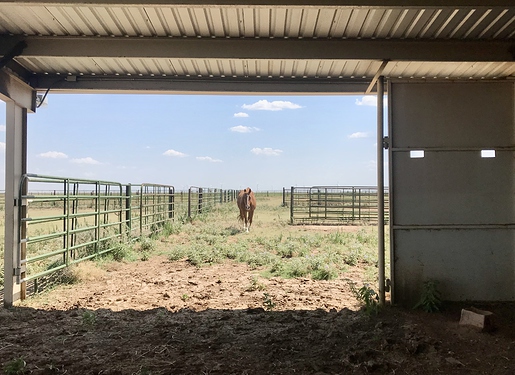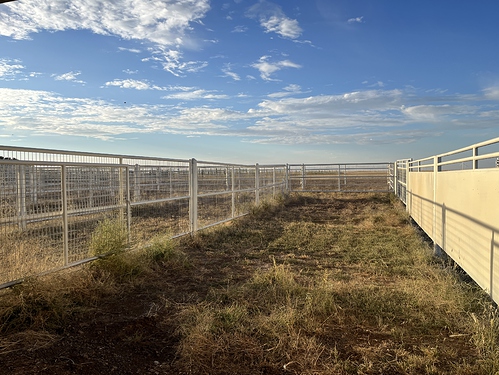Considering that every horse is different, what has worked for us is to have a good fence between horses is important.
That there is sufficient width for horses to feel safe from others, that is some horses are fine in 12’ runs, most stress there and need at least 16’, figuring 20’ minimum is best.
Once we talk about lot size, the bigger the better.
I read a long ago study that had several long individual turnout pens for horses that were, remembering the pictures, about 40’ by 300’+ long.
The studies did show that when horses were turned out they raced each other for a few minutes, then settled to graze a bit and mostly stood there, some close to others, some more by themselves.
They never determined if any one size or shape made a difference, who the horses were, if young, older, mares, worked regularly, all that keep changing how they “lived” on different turnouts, if individually or in groups of any size.
Our old Cushings horse lived 8+ years seemingly happy by himself in our pens by the barn and walking out to the pen we built for him that was 80’ wide and 400’ long, next to where our pastured horses would come and go by all day long.
He never seemed to fret over them, would at times walk along the fence with them, in our out, or watch them, not excited about what they were up to, other than the rare cold morning when all ran a bit playing.
In our SW semi-desert, our grasses are not lush generally, so we can use more ground for dry lot, not worry too much grass will grow there.
OP may have to limit size if lush grass grows most anywhere in her area.
Study your horse in different situations to determine what makes him comfortable and remember, better build portable, so you can remodel if his needs or yours change.
We use portable panels where we can.
This is our old horse coming in to eat, happy to have his world all to himself, no competition, no sharing needed for him:


